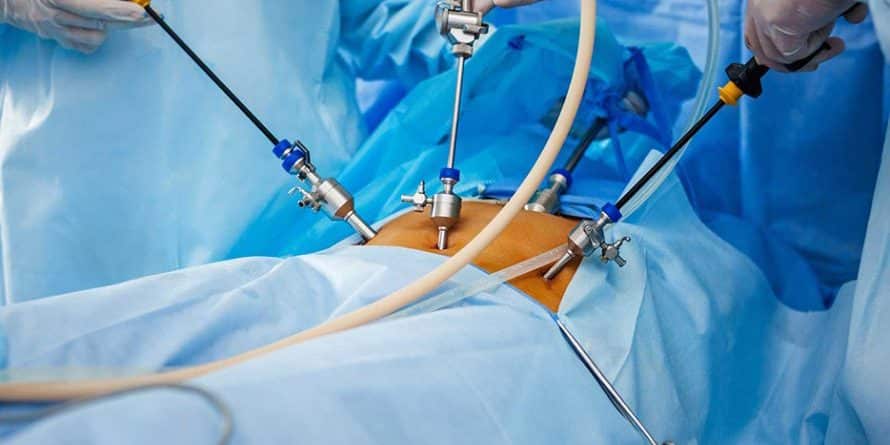How is a dental filling done?

Frequently asked questions about dental fillings
Tooth filling, which contributes to both health and aesthetics by preventing tooth loss, is applied to decayed, broken or cracked teeth.
How the tooth filling is done, which is one of the treatments used to protect oral and dental health, may vary depending on why the tooth is damaged and where the tooth is located.
It is normal to have tenderness and pain that can last up to 12 hours after the filling procedure. In addition, after the procedure, food should not be eaten for a certain period of time, and care should be taken not to consume hard, cold and hot foods.
Dental filling is treated by restoring decayed, broken or cracked teeth with various materials.

Who is a dental filling suitable for?
Tooth filling is applied to teeth that are rotten, broken or damaged for any reason.
In which cases is dental filling performed?
It is applied to teeth that have lost substance for some reasons, cannot fulfill the chewing function, do not look aesthetically pleasing, or are broken, cracked or decayed as a result of trauma.
About dental filling application
First, the remaining tooth tissue structure is adjusted for filling. If there is an old filling that needs to be removed in the process or if caries has been removed, the remaining tooth tissue is cleaned from them. After this process, as a second step, the appropriate material is selected according to the position of the tooth in the mouth, its function, aesthetic requirements and the size of the filling, and the resulting cavities are treated. During the procedure, local anesthesia can be applied to avoid pain during the procedure. As the last step, the compatibility of the filling with the other teeth is checked. If there are any excesses that will disturb the patient, they are removed.
 Things to consider after tooth filling
Things to consider after tooth filling
If the filling treatment was performed under anesthesia, food should never be consumed before the effect of anesthesia has passed. Eating food without the effect of anesthesia causes biting of the tongue or lips. The effect of anesthesia can last approximately 3 hours after the procedures applied to the upper jaw, and up to 4-5 hours in the lower jaw posterior group teeth. Deteriorated teeth regain their former state and function after treatment.
Depending on the filling material, your eating process may change after the procedure.
Tooth sensitivity after filling
After the filling process, pain and sensitivity that can last up to 12 hours are normal in the treated tooth. In this case, the patient can evaluate the pain reliever that the physician deems appropriate. If you have pain that lasts for twelve hours and gets worse, you should consult your doctor. Depending on the size of the tooth filling, that is, the proximity of the living tissue of the tooth, it can cause cold and hot sensitivity that can last up to 6 months.
Is tooth decay contagious?
Although it is not contagious, you should know that caries susceptibility can be contagious as a result of interpersonal bacterial exchange with various situations. Especially a newborn baby does not have caries-causing bacteria in his mouth. But you should know that when parents are feeding or kissing the baby, they will transfer bacteria through saliva. For such reasons, family members should never be in contact with objects such as bottles and pacifiers while feeding their baby.
 Is pain and pain felt after tooth filling?
Is pain and pain felt after tooth filling?
After the filling process is applied, pain in the form of tingling in the gums and teeth is normal for a while. In addition, sensitivity to very hot and very cold effects is possible.
important to contact the dentist in cases where it gets worse and continues, starting on its own without a factor such as hot or cold, and turning into throbbing pain over time.
Tooth filling stage
Variability can be seen depending on the position of the filling in the mouth, its size, the materials used, the number of fillings if more than one filling will be It is taken into account that the procedure is performed inside the mouth and the patient’s compliance with the treatment.
About aesthetic filling
By using a material that is in harmony with the tooth tissue, it is aimed to look compatible with the other teeth and to look aesthetically pleasing. In other words, the goal as a result of the procedure is that the treated tooth is not visibly different from other teeth.
Falling out of dental filling
If the tooth that has been filled before has decayed again, if the individual has a habit of clenching teeth or abnormal chewing habits, if hard shell materials are tried to be broken with dental tissue, fractures, cracks or filling loss may occur in the tooth filling.






